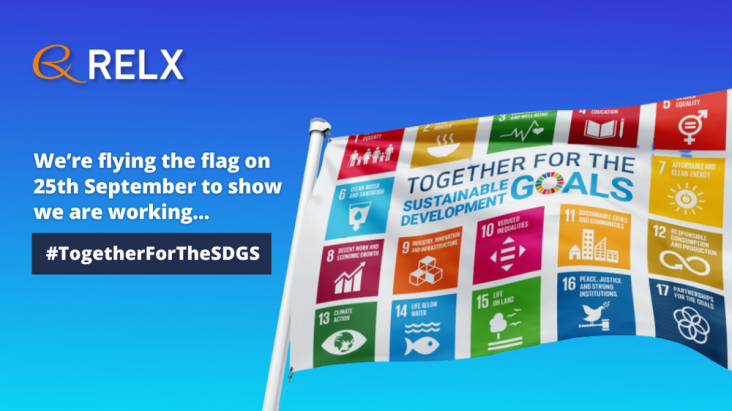This chapter advances UN SDG goals 7 and 13 by evaluating the prospects for microalgae-based biofuels replacing fossil fuels in the global energy industry.
This chapter advances UN SDG goals 7 and 13 by evaulating the potential of hydrogen energy globally as an alternative to fossil fuels for energy and transportation.
This chapter advances UN SDG goals 7 and 13 by discussing the impacts of electric vehicles on energy management in homes and residential microgrids and identifying ways to minimize the daily energy cost by optimal scheduling of resources, electric vehicles, and loads.
UN's Summit of the Future 2024: Paving the Path for SDG Resources
In China, renewable energy technological innovation (RETI) is the core pathway to addressing climate change and achieving carbon neutrality. Using the dataset from 30 provinces in China during 2007–2018, this paper provides a detailed analysis of the moderating role of Intellectual Property Rights protection in RETI's impact on carbon emissions. A deeper understanding of the impact of intellectual property rights (IPR) protection on the carbon reduction effect of RETI can provide policymakers with more specific information to support SDG 7 and 13.

WE Empower Pitch Night, hosted by Diane von Furstenberg, will be a dynamic evening event bringing together top business leaders, the media and other key influencers to participate in an innovative

As we enter the ninth year since the adoption of the UN Sustainable Development Goals (SDGs) in 2015, the pressing need to meet these ambitious objectives becomes ever more evident.
This research studied different heating systems in China and Europe. The sensitivity analysis found that electrifying heating systems with heat pumps can reduce household heating costs and mitigate European cities’ dependence on natural gas, providing policy recommendations on future building cost-effective retrofits and heating electrification in Europe.
This chapter advances UN SDG goal 7 and 13 by supporting clean, affordable energy for transition, focusing on affordability and impacts on energy transition and climate change.
The demand for solar energy as a clean way to power human lives is increasing, but solar panels are land-intensive and may compete for space with farms. In this article, the authors examine how agrivoltaics (combining farming and solar technologies) can provide synergistic benefits together rather than in isolation, showing positive benefits in climate mitigation, climate resilience, and land equivalent ratios. This contributes to SDGs 2 (ensuring the promotion of sustainable agriculture), 7 (harnessing sunlight to power society), and 13 (agrivoltaics as a way to combat climate change).
